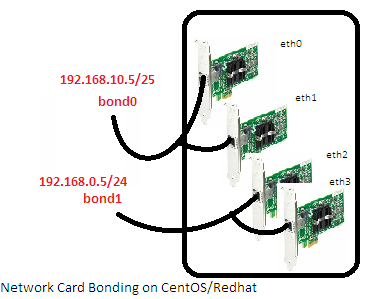


# udevadm info -a -p /sys/class/net/eth1|grep address # udevadm info -a -p /sys/class/net/eth0|grep address Unfortunately, even with udevadm the addresses come back looking the same: TX packets:0 errors:0 dropped:0 overruns:0 carrier:0 RX packets:0 errors:0 dropped:0 overruns:0 frame:0 UP BROADCAST SLAVE MULTICAST MTU:1500 Metric:1 TX packets:186780 errors:0 dropped:0 overruns:0 carrier:0 RX packets:345632 errors:0 dropped:0 overruns:0 frame:0 UP BROADCAST RUNNING MASTER MULTICAST MTU:1500 Metric:1 However once the network configuration becomes a bit more complex, this just won't do:įor example, in a bonding configuration, ifconfig will list the same MAC address for all the cards:īond0 Link encap:Ethernet HWaddr 1C:6F:65:3F:FC:14 TX packets:183764 errors:0 dropped:0 overruns:0 carrier:0

RX packets:339061 errors:0 dropped:0 overruns:0 frame:0 UP BROADCAST RUNNING SLAVE MULTICAST MTU:1500 Metric:1 The basic command to use for this is ifconfig (Equivalent of netstat -ie):Įth0 Link encap:Ethernet HWaddr 1C:6F:65:3F:FC:14 There's several commands that can be used for this depending on your network configuration and setup. The MAC address is a unique identifier for every NIC (Network Interface Card) that uniquely identifies that card amongst all others. To find the MAC address of an ethernet or wireless card is generally straight forward for straight forward configurations.


 0 kommentar(er)
0 kommentar(er)
